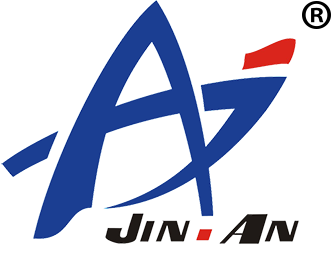Just 4 steps to give you a clear understanding of the helmet making process!
Release time:
2025-04-18
The helmet production process can be roughly divided into 4 parts: shell making, cap core making, grinding/painting processing, assembly/packaging.
The helmet making process
The
helmet production process can be roughly divided into 4 parts: shell making, cap core making, grinding/painting processing, assembly/packaging.
Step 1: Shell fabrication
Polycarbonate helmet shells are made using copolymer resin materials such as Lexan EXL from General Electric, which have better impact resistance and thermal resistance than ABS resins (acrylonitrile-styrene-butadiene copolymer). On the other hand, the material can also be better combined with environmentally friendly water-based coatings. The resin is injected into the helmet shell mold machine in a liquid state and extruded by the mother and child mold. Each pair of helmet molds is also designed with CAD/CAM models for different sizes, and the molds used to make helmets have a life cycle, and a batch of molds must be eliminated for each new helmet launched. From injection to molding, each helmet mold takes about 60 seconds.
Step 2: Cap core making
Using EPS (expanded polyethylene propylene) helmet lining, EPS is not only cheap and lightweight, but also a good head protection material. In fact, one of the points that distinguish a normal helmet from a good one is the quality of polyethylene. For example, some helmet manufacturers use the same polyethylene material to make the entire lining, while others develop polyethylene linings with different thicknesses, strengths, and shapes for use and shape. After the helmet lining mold is shaped, there are many holes and channels in the helmet mold for heat dissipation, drainage, pressure relief, etc.
Step 3: Grinding and painting
Some manufacturers use a mechanized process for helmet polishing, while others keep it manual. After the surface is treated, the helmet is painted and decaled, which is designed and printed by the computer and pasted by hand. Finally, after polishing, a helmet is basically made.
Step 4: Assemble and pack
After the helmet is completed, the helmet accessories are assembled, randomly sampled and inspected, and the packaging is completed, and all the processes are over.
Recommended
Tactical Backpacks with Modular Compartments
Apr 18,2025
Expandable Police Batons with Non-Slip Grip
Apr 18,2025
Tactical Flashlights with Strobe Function
Apr 18,2025
Handheld Metal Detectors for Security Screenings
Apr 18,2025
Our main products include bulletproof vest/helmet/plate/shield, tactical gear,riot gear, law enforcement equipment, etc.
We started to open foreign market from 2008. Till now, we have exported to America, Canada, Germany, Vietnam, Philippines, Nepal, Africa, New Zealand, etc.
Contact Us
Email:cdjawm@163.com
Tel:+86-28-8610 3629
WhatsApp: +86 135 6885 7942
Address:No.288, Section 1, Wangcong North Road, Small and Micro Enterprises Innovation Park, North Area of Chengdu Modern Industrial Port, Pidu District, Chengdu, Sichuan, China 611731







